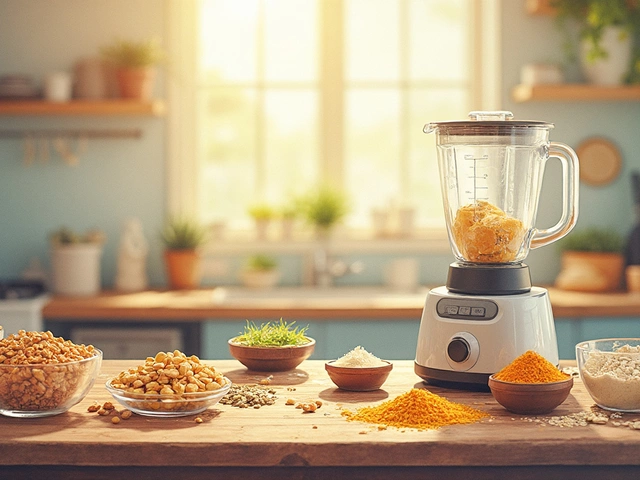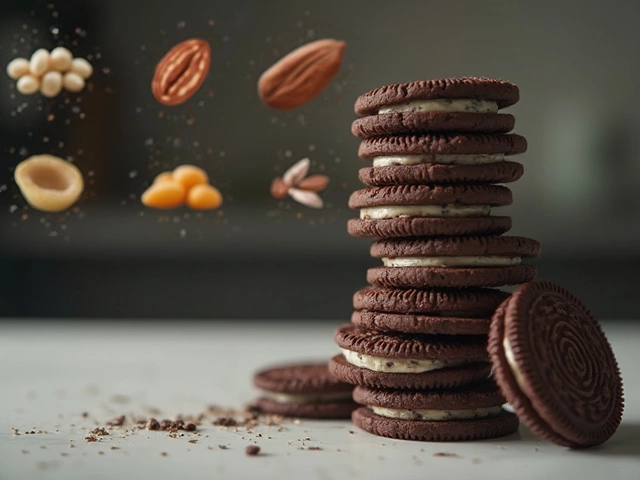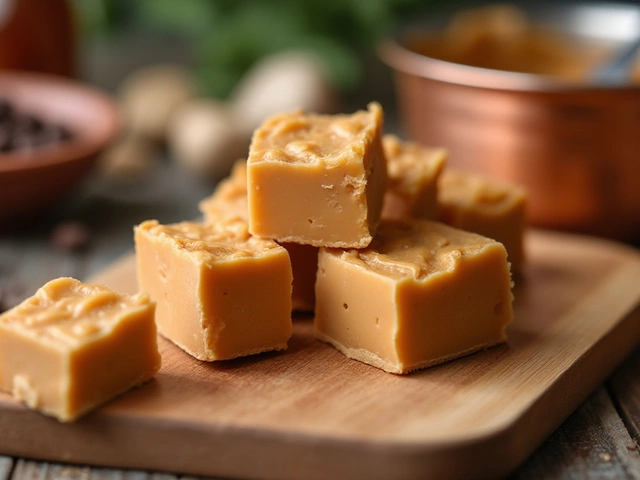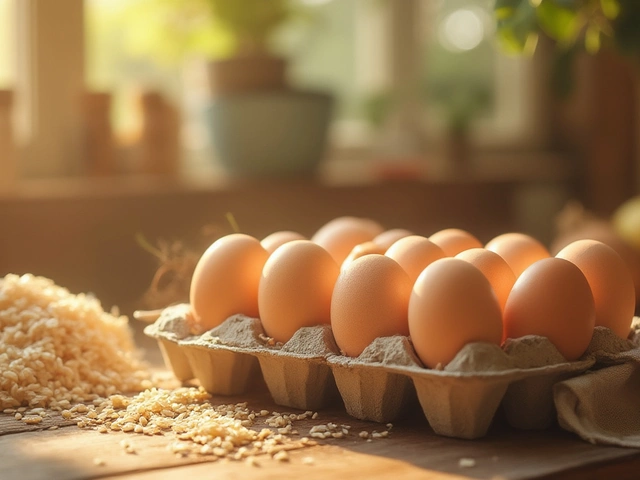Sweet Treats: Quick Tips, Tricks & Recipes for Fudge, Cakes, Cookies & More
If you love a good sugar rush, you’re in the right place. This tag pulls together the most helpful posts about everything sweet – from creamy fudge to fluffy cakes, from chewy brownies to crisp cookies. Below you’ll find practical advice you can use right now, no matter how many times you’ve stood at the stove.
Mastering Fudge and Chocolate
Fudge is the ultimate comfort candy, but it can turn grainy if you miss the soft‑ball stage. Our guide on the exact temperature (around 235‑240°F) is the fastest way to nail that silky texture. If you’re at altitude, add a couple of extra minutes of cooking – the extra heat helps the sugar set properly.
Too much boil and the fudge hardens into rock. In that case, melt it gently with a splash of milk and stir in fresh butter; the fat revives the smooth feel. Want a quick fix for a batch that’s already too firm? Add a teaspoon of corn syrup while reheating – it breaks down the crystals and brings back the chew.
Chocolate lovers also ask about grainy fudge. The secret? Keep the heat steady and avoid stirring too early. Stir just once the mixture hits the soft‑ball stage, then pour onto a greased pan and let it set. You’ll get that glossy finish that looks bakery‑made.
Baking Better Cakes & Cookies
Gluten‑free cakes often sink or feel dense. That’s because they miss the structure gluten provides. Replace missing elasticity with a combo of tapioca starch and xanthan gum – a tablespoon of each per cup of flour keeps the crumb light. Also, don’t over‑mix; a few strokes are enough to blend the batter.
Birthday cake alternatives are a hot trend. Instead of a traditional tier, try a layered dessert bar or mini cheesecake squares. They’re easier to serve, cost less, and still wow guests. Pair a lemon‑blueberry bar with fresh berries for a fresh look that still feels festive.
Cookies rise because of leavening agents and steam. For puffier cookies, use a mix of baking soda and cream of tartar, then chill the dough for 30 minutes before baking. This slows spread and lets the cookies puff up. If you prefer chewy cookies, skip the chill and bake a minute less than the recipe says.
Brownies spoil faster than you think. Keep an eye on mold signs: a sour smell, fuzzy spots, or a slimy texture. Store brownies in an airtight container with a slice of bread – the bread absorbs excess moisture and keeps them fresh longer.
Lastly, don’t forget the power of simple storage tricks. Freeze extra fudge or cheesecake portions on parchment paper, then wrap tightly. When you need a sweet fix, thaw in the fridge and you’ll have dessert ready in minutes.
All these tips come from our most read posts, so you’re not just guessing – you’re following proven methods. Dive into any article for step‑by‑step instructions, and you’ll be serving up perfect sweet treats every time.

Discovering the Sweet Secrets of American Fudge Recipes
American fudge is a quintessentially sweet treat known for its rich, creamy texture and melt-in-the-mouth goodness. Originating in the United States, this confectionery delight is made from a basic blend of sugar, butter, and milk or cream, often enhanced with delightful flavors. By exploring different methods and ingredients, you can create a variety of fudge types tailored to satisfy every sweet tooth. This guide dives into the fascinating world of American fudge, offering tips, historical tidbits, and simple recipes to try at home.
View More




